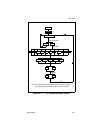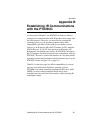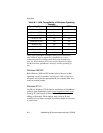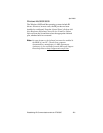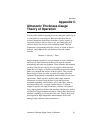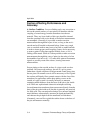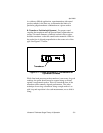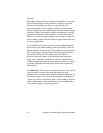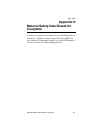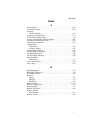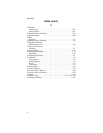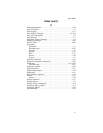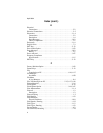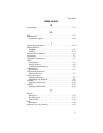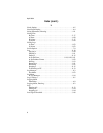Ultrasonic Thickness Gauge Theory of Operation C-5
April 2004
D. Taper or Eccentricity - If the contact surface and the back
surface are tapered or eccentric with respect to each other, the
return echo again becomes distorted and the accuracy of
measurement is diminished.
E. Acoustic Properties of the Material - There are several
conditions found in engineering materials that can severely limit
the accuracy and thickness range that can be measured.
1. Sound Scattering
In some materials, notably certain types of cast stainless steel,
cast irons, and composites, the sound energy is scattered from
individual crystallites in the casting or from dissimilar
materials within the composite. This effect reduces the ability
to discriminate a valid return echo from the back side of the
material and limits the ability to gauge the material
ultrasonically.
2. Velocity Variations
A number of materials exhibit significant variations in sound
velocity from point-to-point within the material. Certain types
of cast stainless steels and brass exhibit this effect due to a
relatively large grain size and the anisotropy of sound velocity
with respect to grain orientation. Other materials show a rapid
change in sound velocity with temperature. This is
characteristic of plastic materials where temperature must be
controlled in order to obtain maximum precision in the
measurement.
3. Sound Attenuation or Absorption
In many organic materials, such as low density plastics and
rubber, sound is attenuated very rapidly at the frequencies
used in normal ultrasonic thickness gaging. Therefore, the
maximum thickness that can be measured in these materials is
often limited by sound attenuation.



